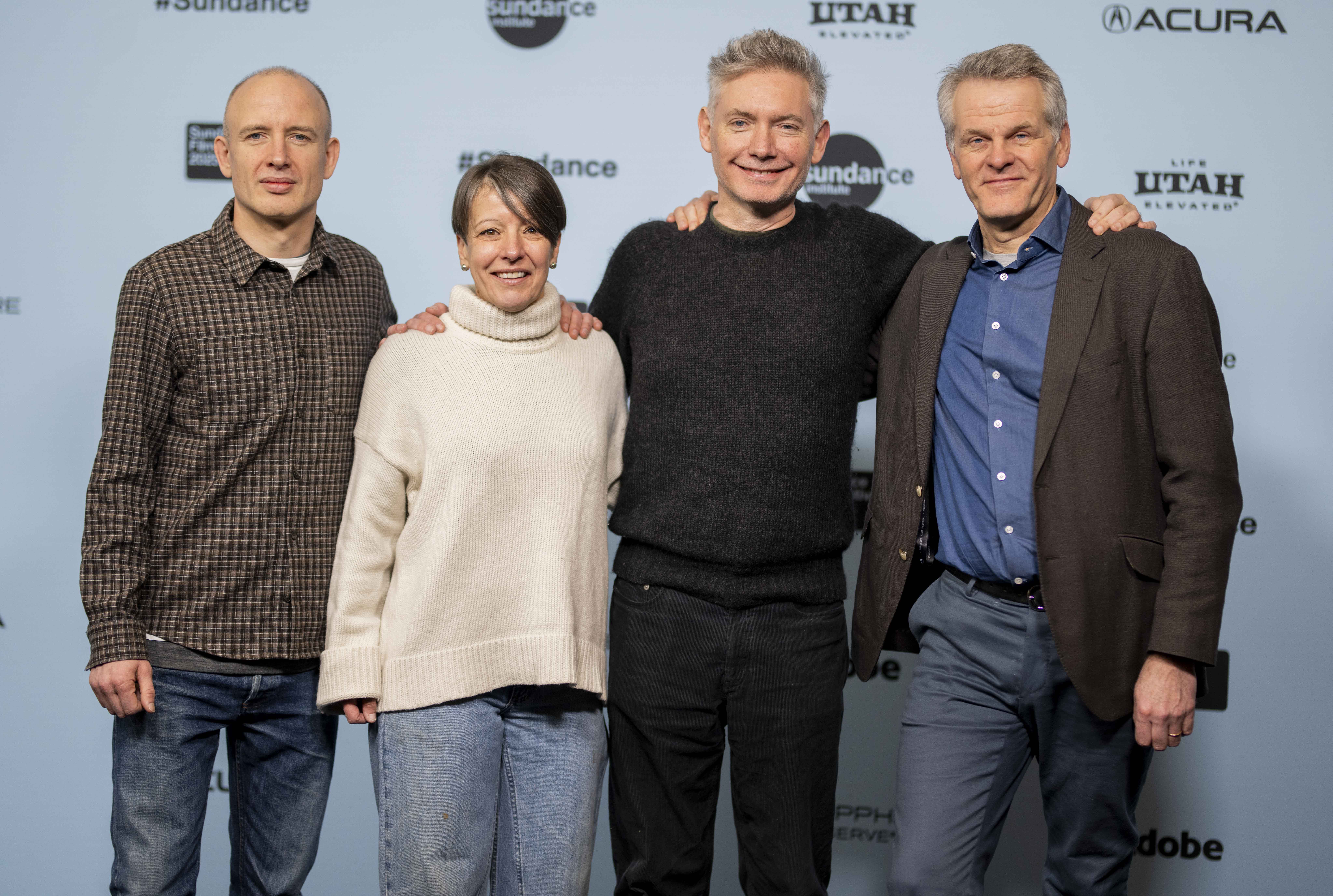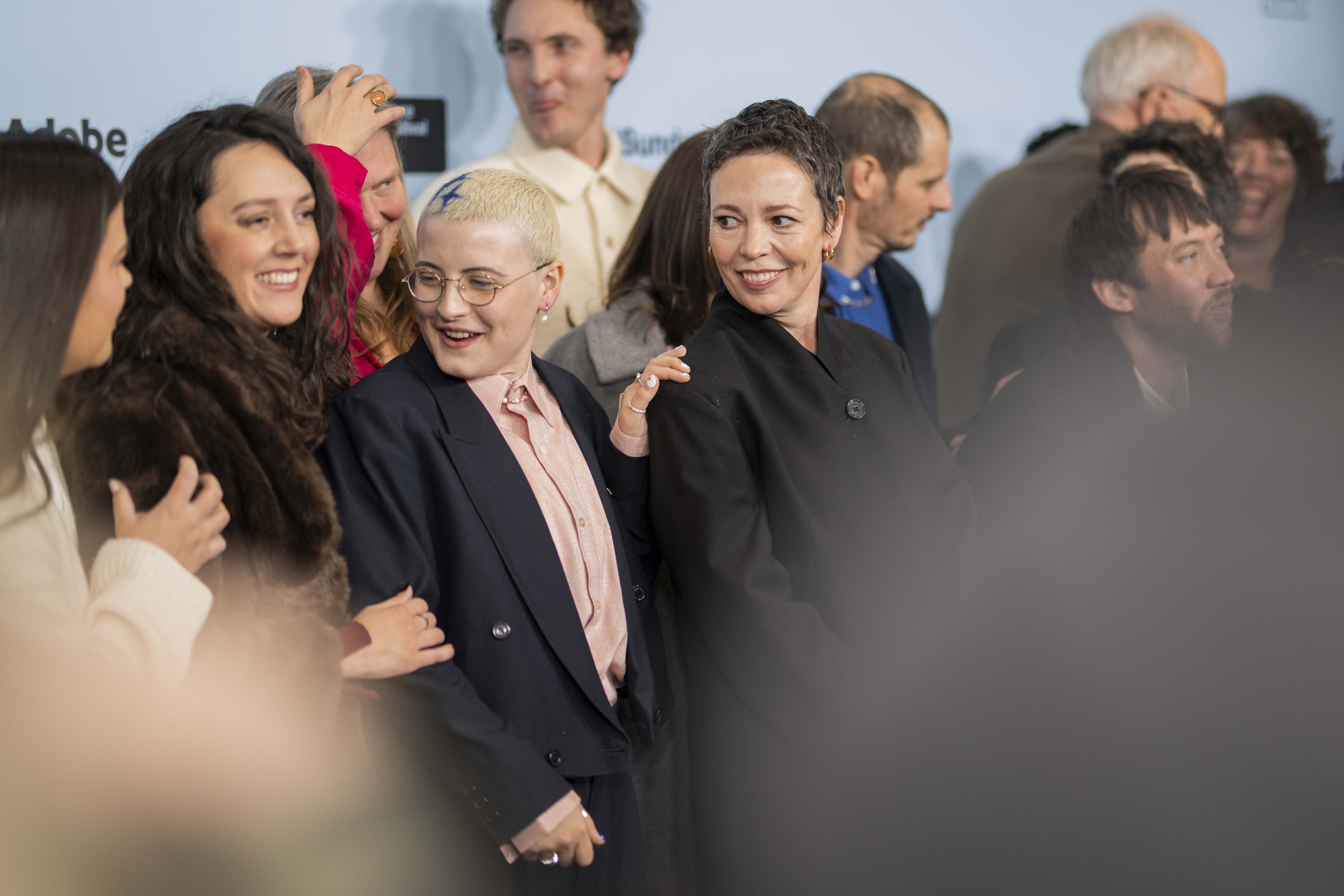Sundance 2025 Q&A: ‘Brides’ cast, screenwriter reflects on film’s theme of female friendship
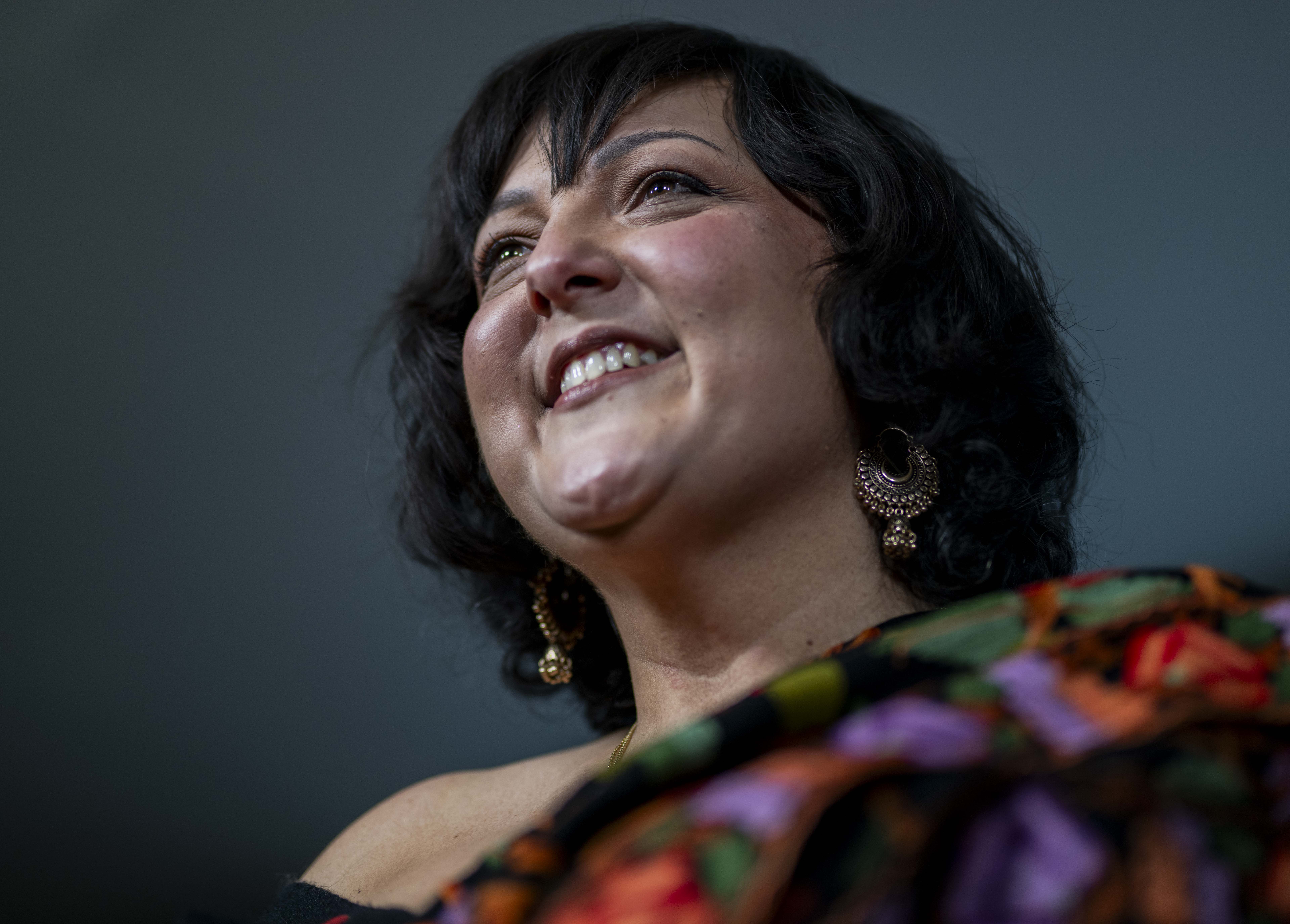
Nadia Fall smiles while sporting two gold earrings and a multicolored outfit. Fall’s directorial debut “Brides” competed in the World Cinema Dramatic Competition at the 2025 Sundance Film Festival. (Zimo Li/Photo editor)
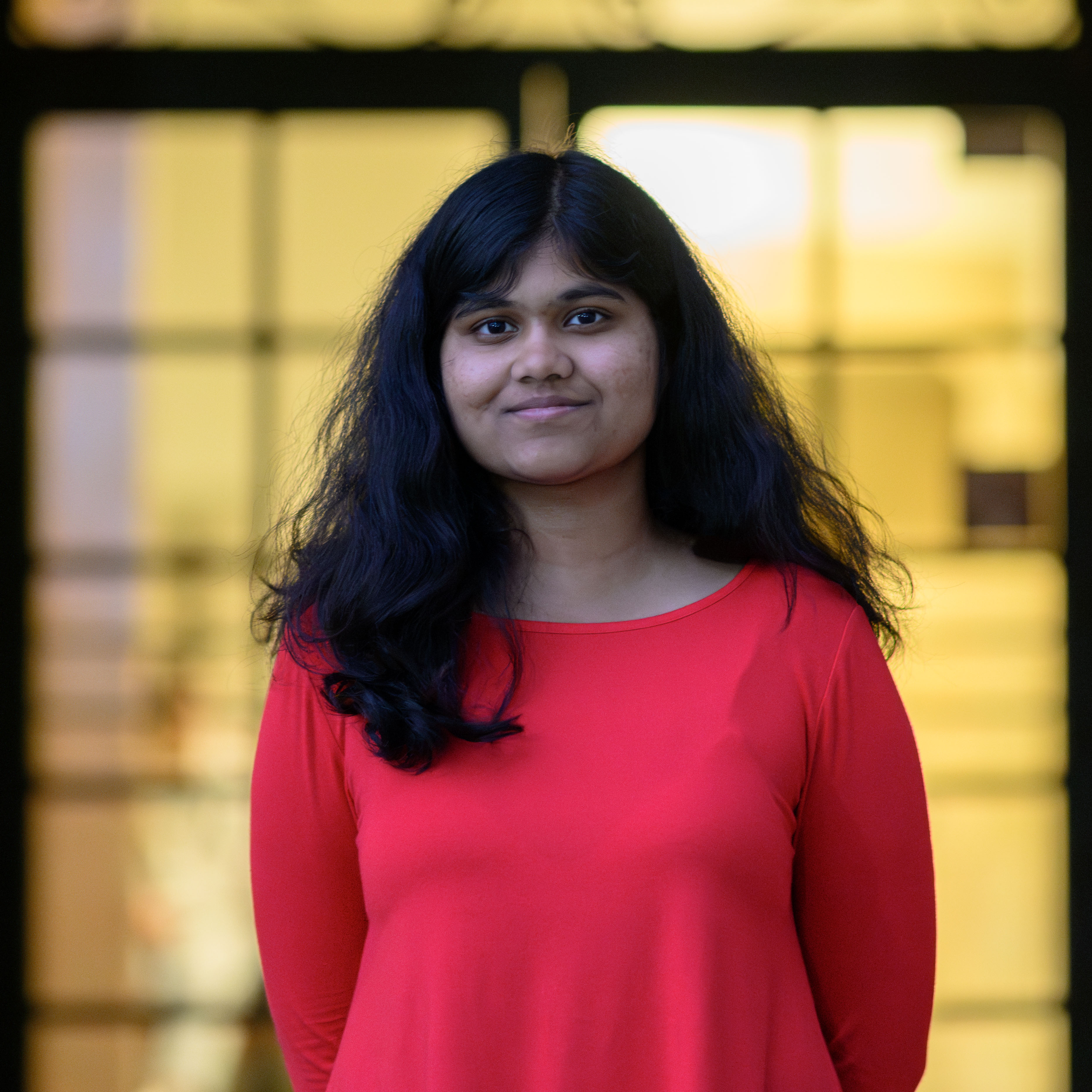
By Sanjana Chadive
Jan. 28, 2025 8:18 p.m.
“Brides” is inviting viewers on a journey of introspection and faith.
Screened at the 2025 Sundance Film Festival, Nadia Fall’s directorial debut is an entry into the World Cinema Dramatic Competition. The story follows best friends Doe (Ebada Hassan) and Muna (Safiyya Ingar), who flee the United Kingdom in search of acceptance and belonging in another country.
Fall, Hassan, Ingar and screenwriter Suhayla El-Bushra spoke with the Daily Bruin’s Sanjana Chadive about how their personal experiences ground “Brides” and the execution of the film’s underlying themes.
This interview has been edited for length and clarity.
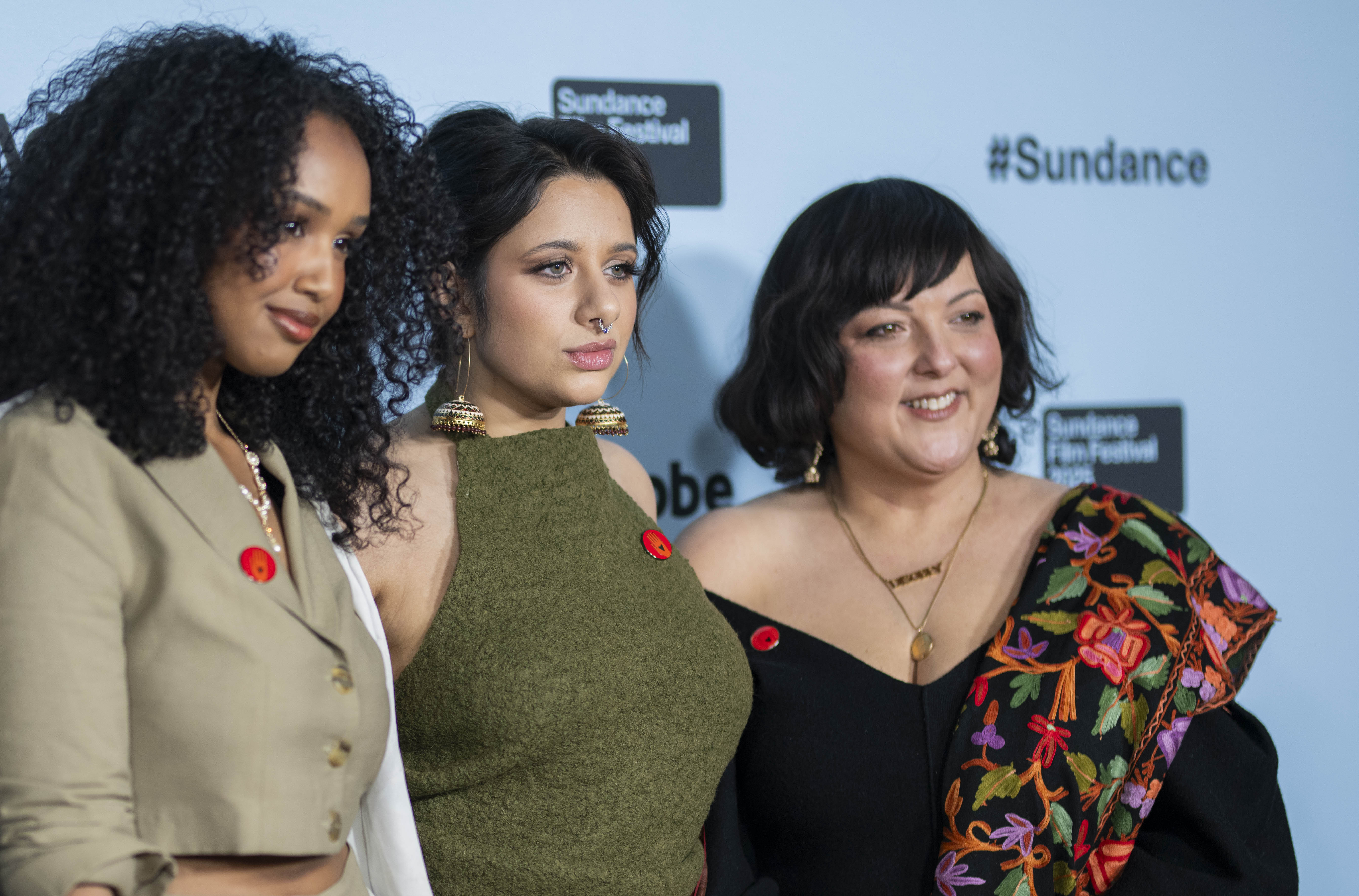
Daily Bruin: Prior to directing “Brides,” you primarily worked in the theater industry. What was easy and challenging about transitioning to film?
Nadia Fall: They have a different rhythm and focus. Theater is the art of repetition, so an actor needs to do it beautifully every night. For screen, you just need it once. It’s more immediate and improvisational, and it took me a while to get my head around that. It’s also a lot of people and noise – literal and metaphorical – on set. It’s really about concentrating and trying to stick to the story you’re trying to tell despite all the controlled chaos.
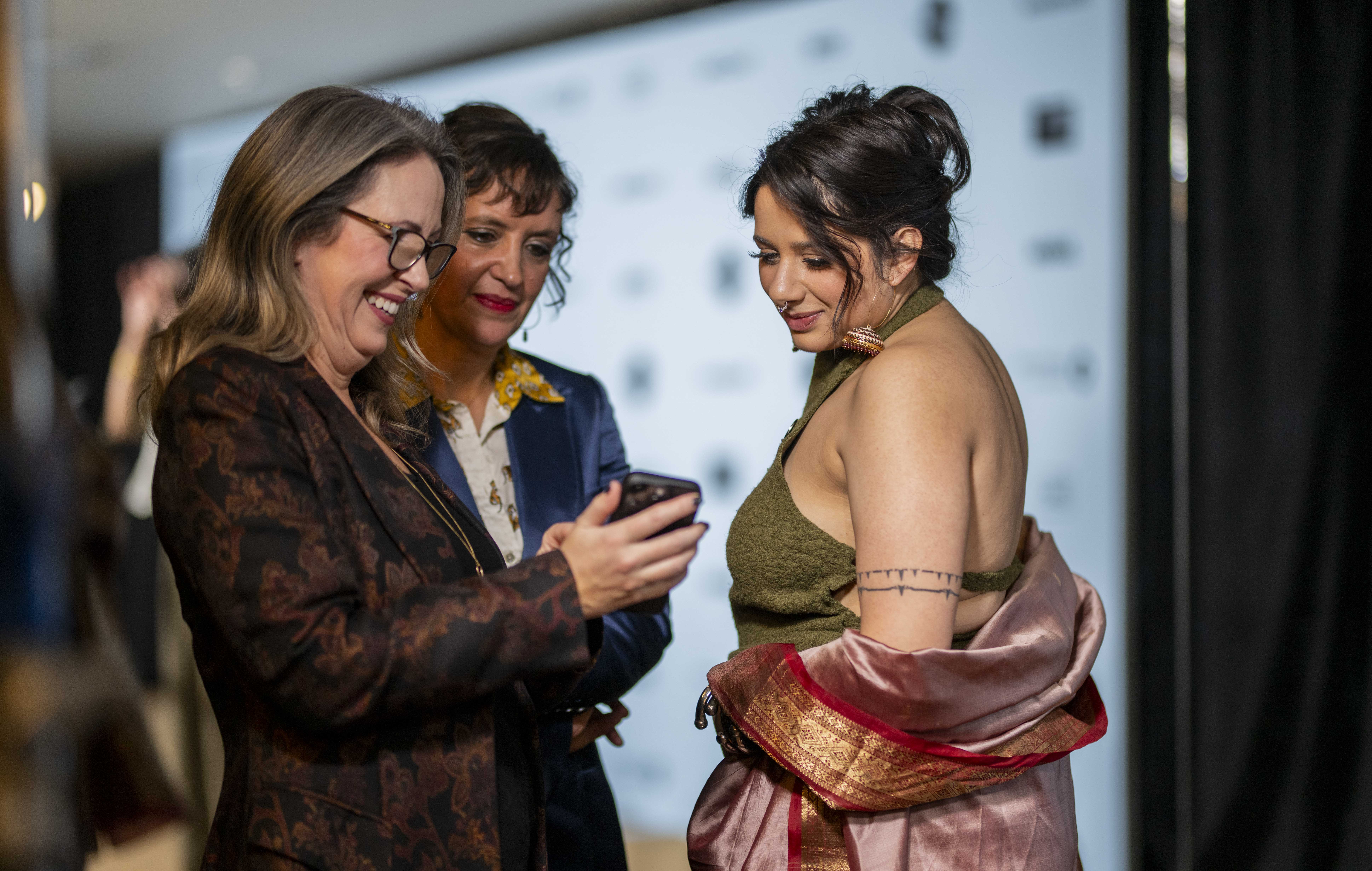
DB: How does the film reflect your own experiences?
NF: Both Suhayla El-Bushra, the writer, and I grew up in the UK and are of Muslim heritage. We always joke (about it), but it’s actually very true that the two protagonists have a bit of us in a different time and place, and so we really felt that it was our story to tell.
Suhayla El-Bushra: Having grown up in the UK as a brown woman of mixed heritage (with an) Arab and Muslim background, I know first hand what it feels like to be on the receiving end of racism and the alienation that you’re meant to feel. We’ve seen an increasingly hostile environment in the UK over the years, so I really connected with what those girls felt in terms of not belonging in the UK and wanting to find somewhere else where they could belong. That was something that really resonated with me.
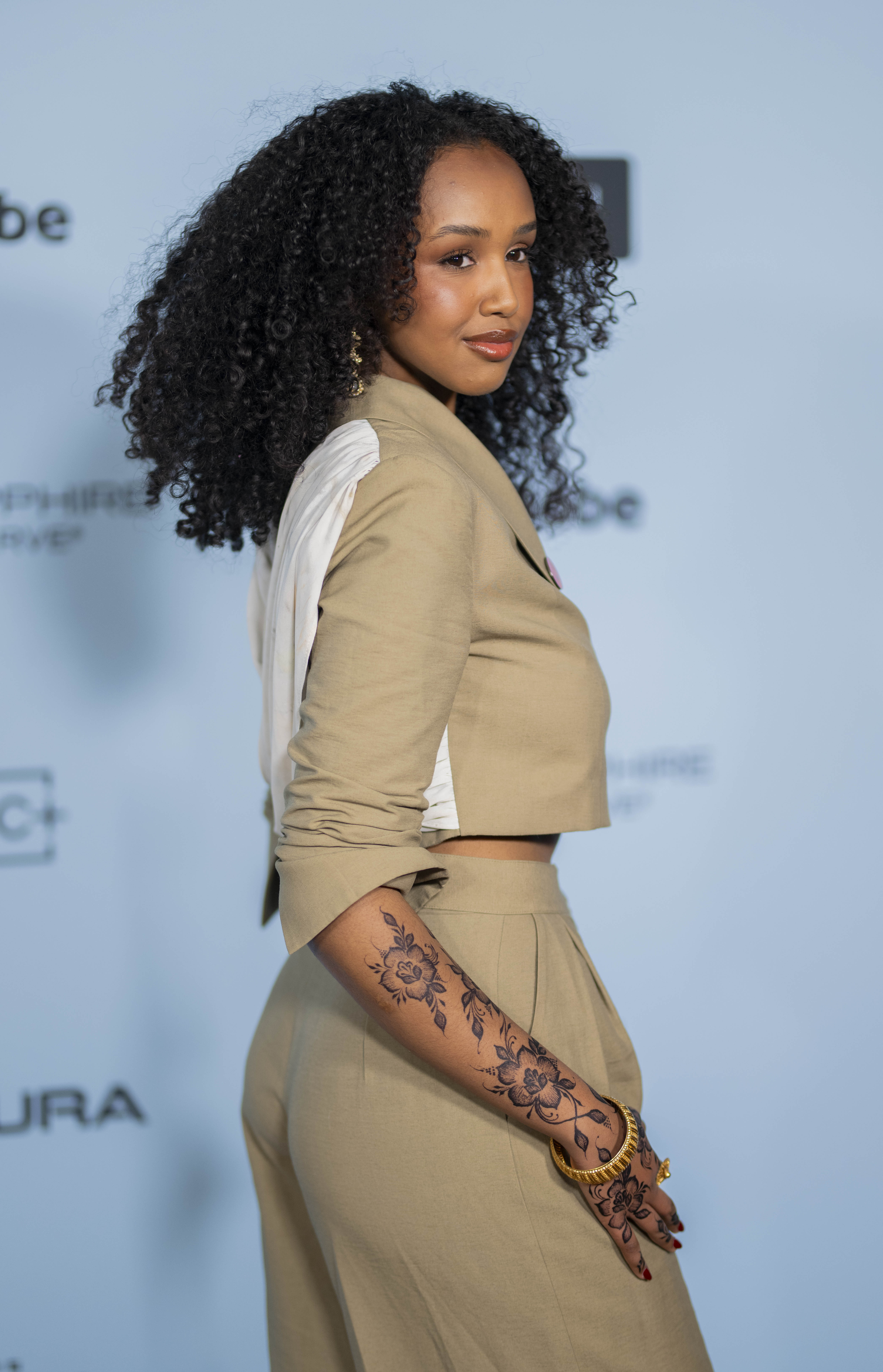
DB: Did you see yourself in your character?
Safiyya Ingar: 1000%. I read the script and I was like, “That’s just me.” It’s me when I was a child. It’s me now. I just feel like it’s the side of me that I don’t let out only because society tells me not to. I feel like Muna is more prone to breaking the rules just because that’s the way she’s inclined.
There is a real reality where I could have ended up like Muna – not on the exact journey, but on the way of volatility, anger and general frustration, because the world doesn’t make sense. It’s so backward, and we’ve all been duped. I feel like Muna is so tapped into that idea and that conversation. She’s frustrated, and that’s why she just lets it out the way she does. That is me, but because I’m an adult, I keep it more insular.
DB: How does the dynamic between Doe and Muna help audiences understand the sociopolitical messages in “Brides”?
SI: There is a certain solidarity that women innately have. It’s the same vibe of when you go into a toilet in a club and all the women are trading secrets, and (saying), “Where’d you get that outfit from?” “Oh my god, that makeup product is amazing,” or someone’s consoling someone because their boyfriend broke up with them, and every woman rallies around and goes, “Dump him.” Women have that in us. We have that protectiveness.
We know the world treats us like absolute garbage. We all just innately understand that there is a contract here, and we’re all in the same boat together. Some are a little more privileged than others, but that’s a whole other conversation. But I feel like that’s so important to this story, because that’s ultimately what makes these girls go and do what they do. They take this plunge because they trust and love each other enough.
I feel that with Muna, Doe centers her in a way she’s never been centered. So when she finds Doe and her passion, her love and her dreams, she’s willing to do anything for it. She understands that, “Even if you don’t get me, I get you.” She gets the best out of Doe as well, so they go along for that ride. That beautiful, nurturing connection that a lot of women have with each other – it’s just so beautiful and rewarding. I don’t think men could ever dream of having that connection.
SEB: At the end of the day, they’re just teenage girls. The film is as much about the intensity of teenage friendship between girls at that age as it is about anything else. You would do anything for your best friend. You would go to the ends of the earth, and that’s what they are doing. In actual fact, they’re both egging each other on at the end of the day. The thing that really keeps them going is the fact that they both feel they’re doing it for each other, and that’s almost their tragedy.
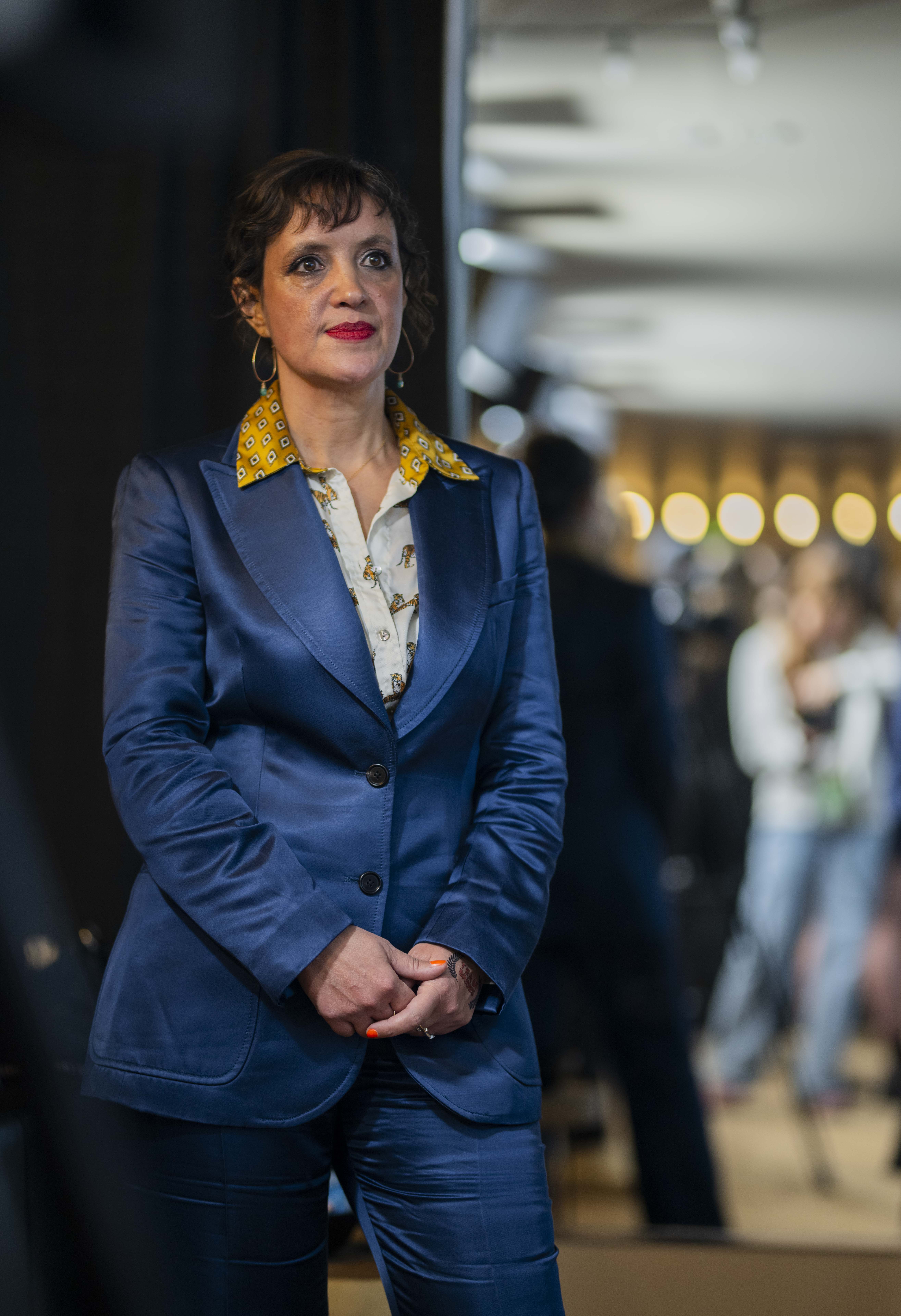
DB: How do the protagonists’ ages elevate the themes of the film?
Ebada Hassan: I think having a friendship at that age is such a beautiful thing. I think being the only two girls of color at their school and immediately being so different but also clicking immediately is such a beautiful thing. The people who I’m closest to are people who I met at that age. Those are my closest girls who I love. I think female friendships are the most beautiful and most romantic thing in the world.
SEB: I think that age (of) 16 is such an intense time, and I feel like it’s the time when you are most yourself. In a way, I haven’t moved on from being that age, because I think it was such an intense period of my life where I really became myself. I think that age in particular really crystallizes the truth of people’s personalities in lots of ways.
They (Doe and Muna) go off and do reckless things that you would only do at that age, and we need to take that into account when we’re talking about their stories. There’s a truth at the heart of them, and a truth about their friendship and what they mean to each other. I don’t think you get that intensity in any other time of your life.



